There’s Bitcoin, Ethereum, Ripple, and Litecoin, whose prices are dependent on the volatile cryptocurrency market. And then there’s Tether (USDT), whose price will never float too far away from $1. While this stablecoin is the most popular in the world, it isn't the only option.
So, read on to learn about the best stablecoin alternatives to USDT and why you might want to switch to begin with.
What Is a Stablecoin?
A stablecoin is a cryptocurrency whose value is pegged to a real-life asset or fiat currency, such as the dollar or euro. As a result, its value will always remain the same, no matter the circumstance.
Tether is the most well-known stablecoin in the cryptocurrency market right now, but since its inception in 2014, it has been involved in many financial scandals due to dubious claims about its dollar-backed reserves. So, for anyone still looking to buy some stablecoins, here is a list of alternatives to Tether:
1. USD Coin (USDC)
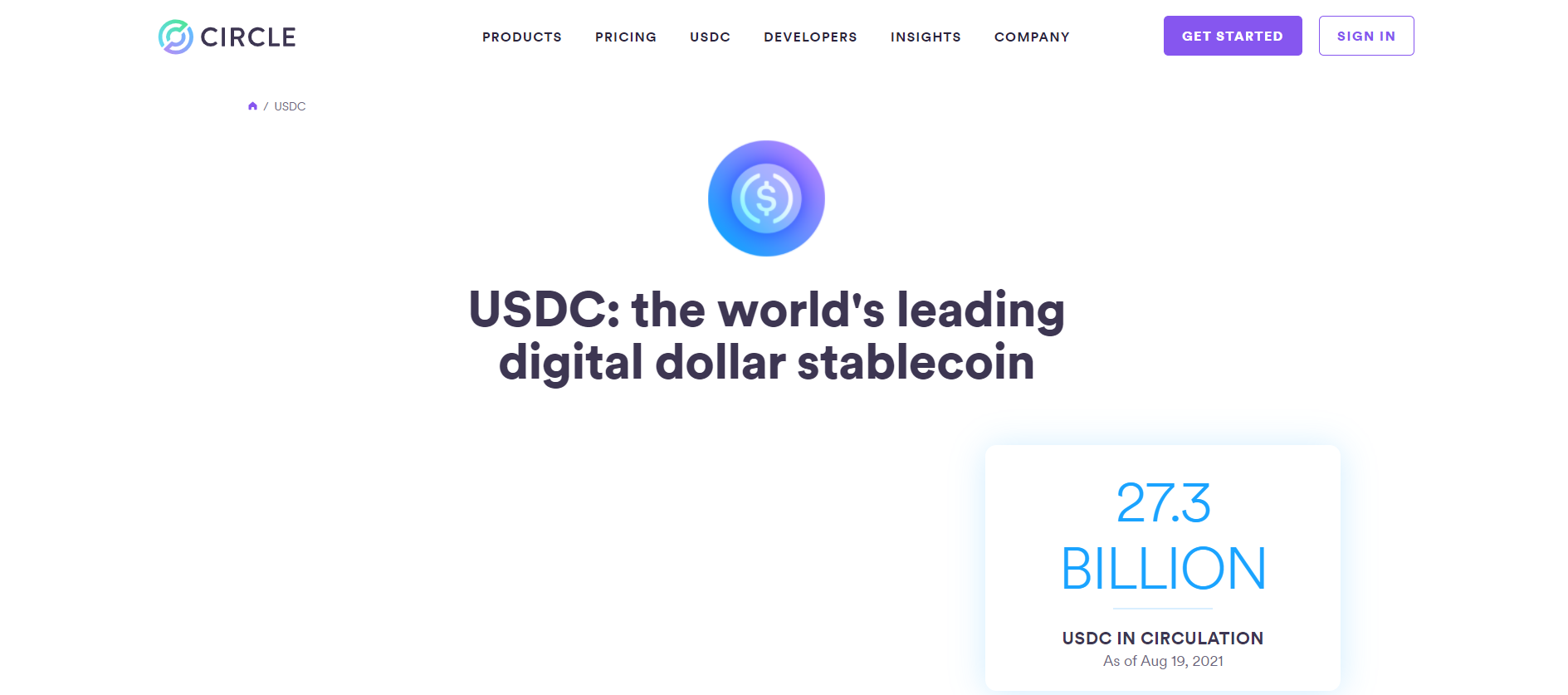
The US Dollar Coin, or USDC, is a mainstream alternative to USDT. The stablecoin was launched in September 2018 and runs on the Ethereum, Stellar, Algorand, Solana, and Hedera Hashgraph blockchain networks.
The USDC is managed by a company called Centre, which is owned by Circle, a peer-to-peer payment company. Like USDT, USDC is pegged to the US dollar. Thanks to its relatively clean financial record, it's backed by Goldman Sachs, and with Tether shrouded with controversy, USDC is swiftly growing in popularity.
At the time of writing, there are over 24 billion USDC in circulation and over 840 billion dollars worth of transactions carried out on the USDC network. In view of USDC’s boom, Circle also most recently announced that it would expand to ten more blockchain networks to cater to surging demand.
2. Binance USD (BUSD)
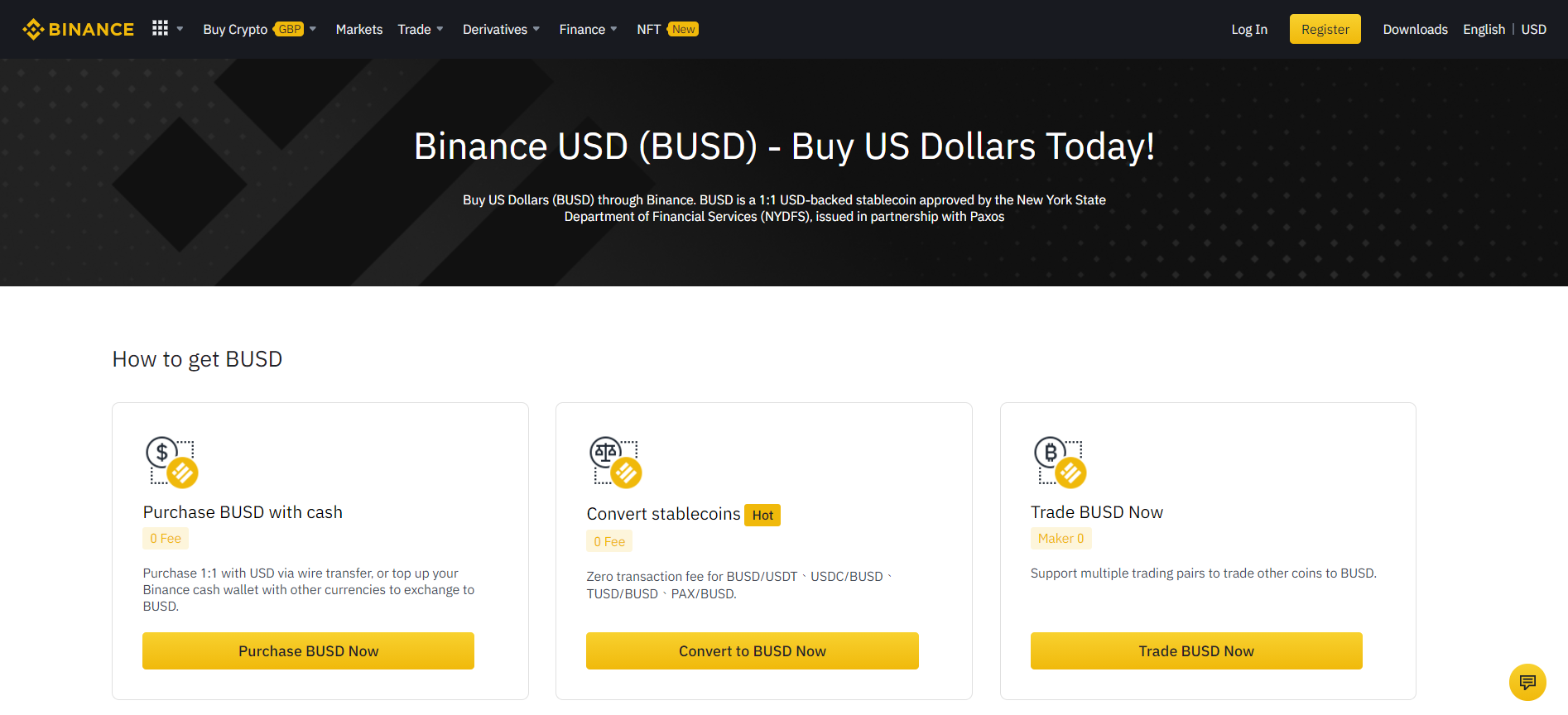
Binance is one of the world’s largest cryptocurrency exchanges, and Binance USD (BUSD) is the company’s stablecoin project created in partnership with Paxos, a blockchain company that also has its own stablecoin.
BUSD runs on three blockchain networks: Ethereum, Binance Smart Chain, and Binance Chain. BUSD is also pegged to the US dollar and is regulated by the New York State Department of Financial Services.
According to Binance’s website, the BUSD offers three main advantages to its transactions: accessibility, flexibility, and speed: BUSD holders can quickly send BUSD around the world with nominal transaction fees, and they can also swap between the three blockchain networks depending on their needs.
As of writing, there are over 11 billion BUSD in circulation.
3. True USD (TUSD)
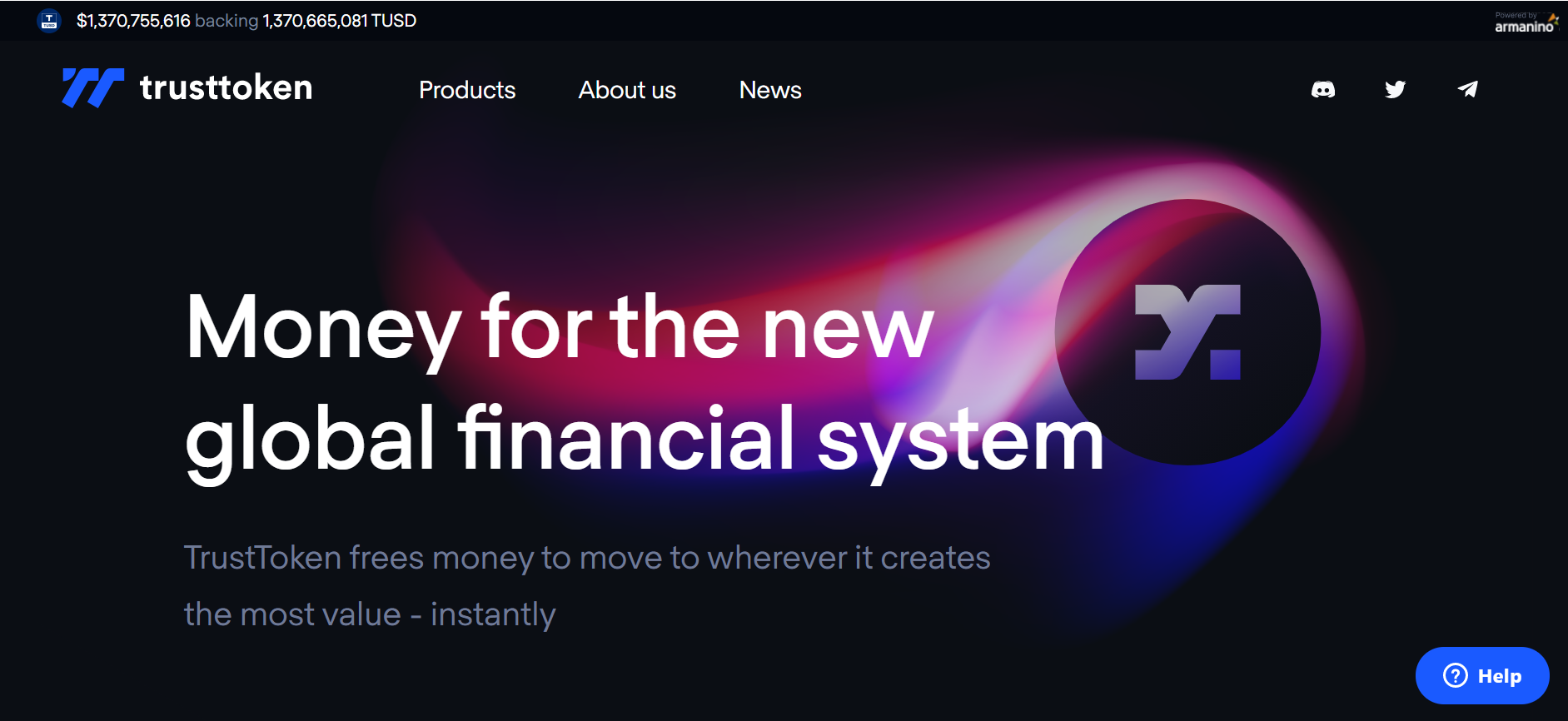
TUSD is the industry’s first regulated stablecoin that is backed by the US dollar. The stablecoin, created in 2018 by San Francisco-based TrustToken, is built on Ethereum’s ERC-20 protocol and utilizes escrow accounts to ensure customer privacy.
Before one is eligible to hold TUSD, they have to first pass know-your-customer (KYC) and anti-money laundering (AML) tests. After this stage is complete, freshly minted TUSD will be wired to the user’s Ethereum address.
TUSD can be staked and farmed on DeFi platforms built on Ethereum, TRON, and the Binance Smart Chain. Currently, TUSD has a market capitalization of $1.2 billion, and there are 1.4 billion TUSD in circulation.
4. Paxos Standard (PAX)
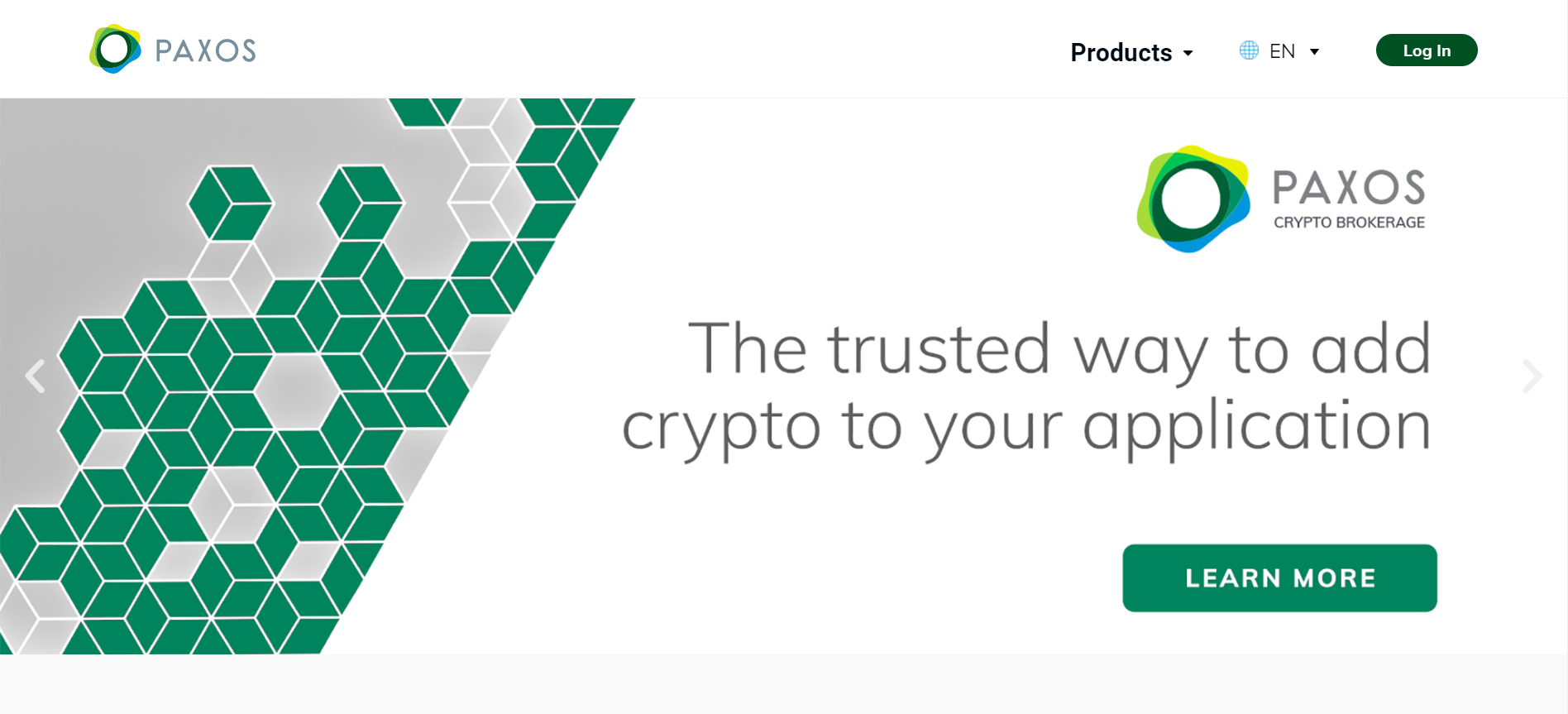
Paxos Trust Company, a partner of Binance’s BUSD as mentioned above, also operates a stablecoin called Paxos Standard (PAX). The PAX was launched in September 2018, around the same time as USDC, and was one of the industry’s first regulated stablecoins.
PAX runs on the Ethereum blockchain and follows the ERC-20 protocol. Like BUSD, PAX also offers seamless global transactions to any corner of the world.
After PAX, Paxos Trust Company launched PAX Gold in September 2019, its gold-backed digital currency. As of writing, there are close to 780 million PAX in circulation.
5. Gemini Dollar (GUSD)
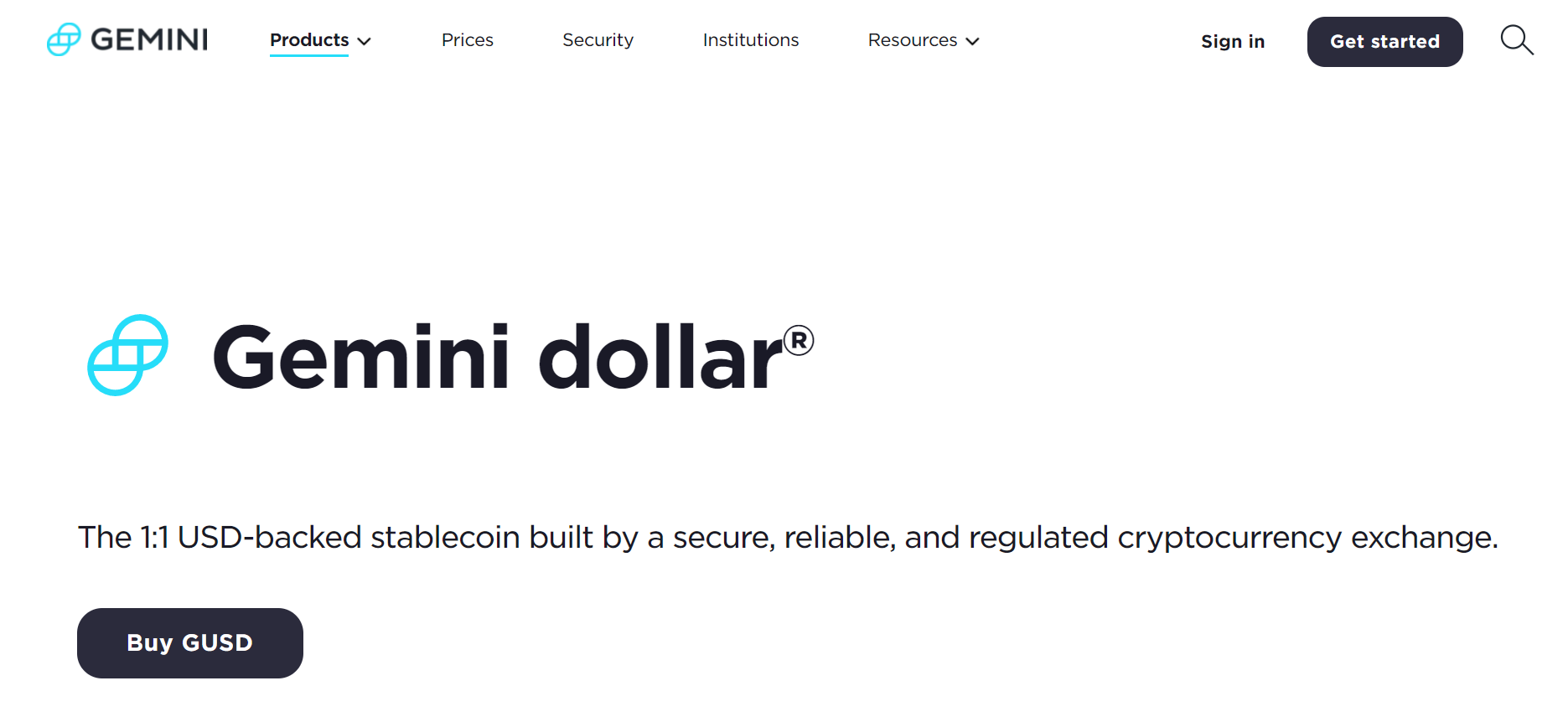
Joining the stablecoin market is GUSD, created by the cryptocurrency exchange Gemini, and was launched on September 9, 2018, a day before PAX. Like PAX, GUSD is also built on Ethereum’s ERC-20 protocol and can be stored in any wallet that accepts Ethereum. Furthermore, like Binance, its circulation is regulated by the New York State Department of Financial Services.
Gemini claims that the GUSD is insured with “passthrough FDIC (Federal Deposit Insurance Corporation) deposit insurance as a preventative measure against money laundering, theft, and other illicit activities.” It is also audited monthly to ensure the 1:1 GUSD/USD parity.
6. DAI
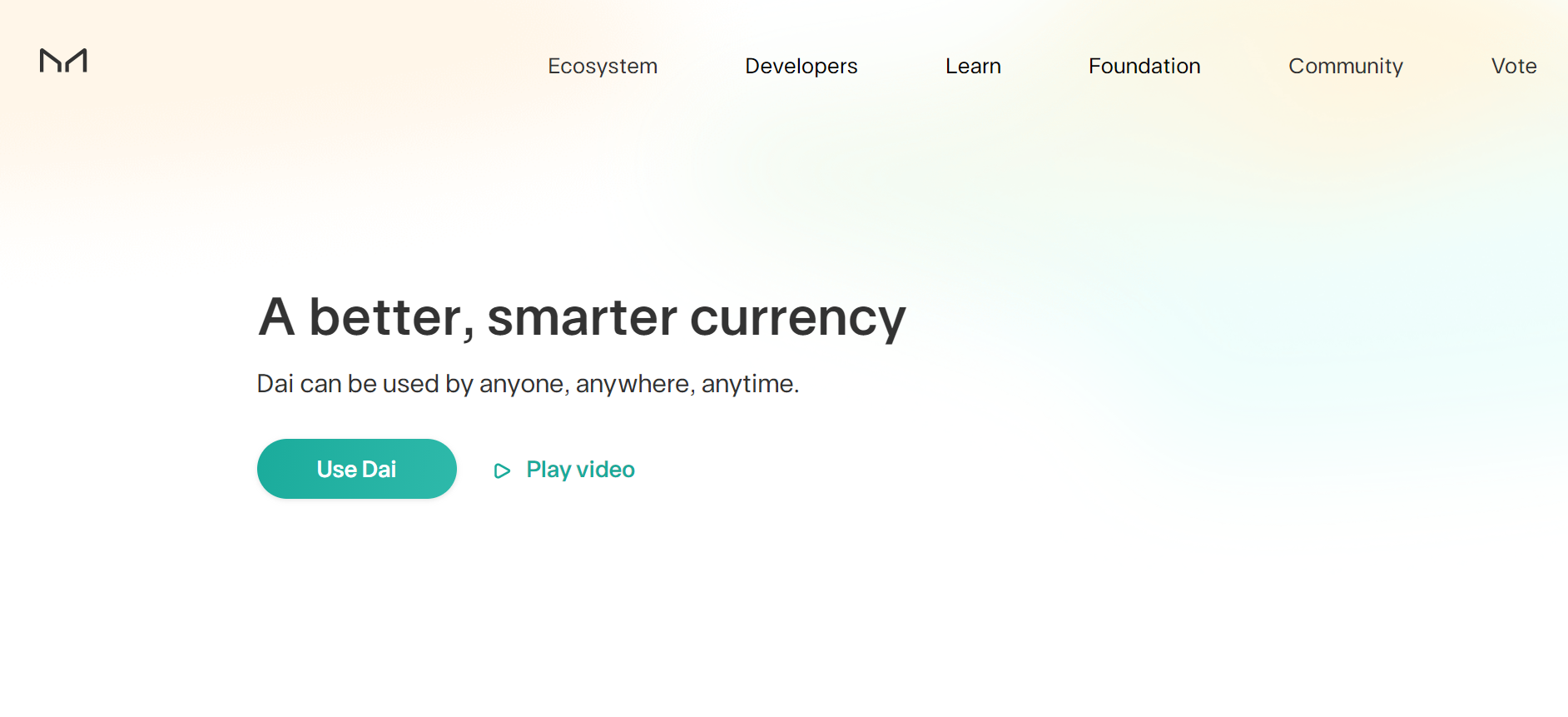
DAI was created by Rune Christensen and launched in December 2017.
DAI is built on Ethereum’s ERC-20 protocol, which enables transfers between any wallet that accepts Ethereum, and is minted via its native Maker Protocol platform. Its price stability is regulated by its very own decentralized community, MakerDAO. DAI is also central to MakerDAO’s decentralized lending ecosystem.
For every loan taken out from MakerDAO by a lender, a certain amount of DAI is minted. Then, when the lender pays back their loan, DAIs are burned. As of writing, there are over 900 million DAI in circulation, and the stablecoin has a market capitalization of over $5.5 billion.
7. Diem
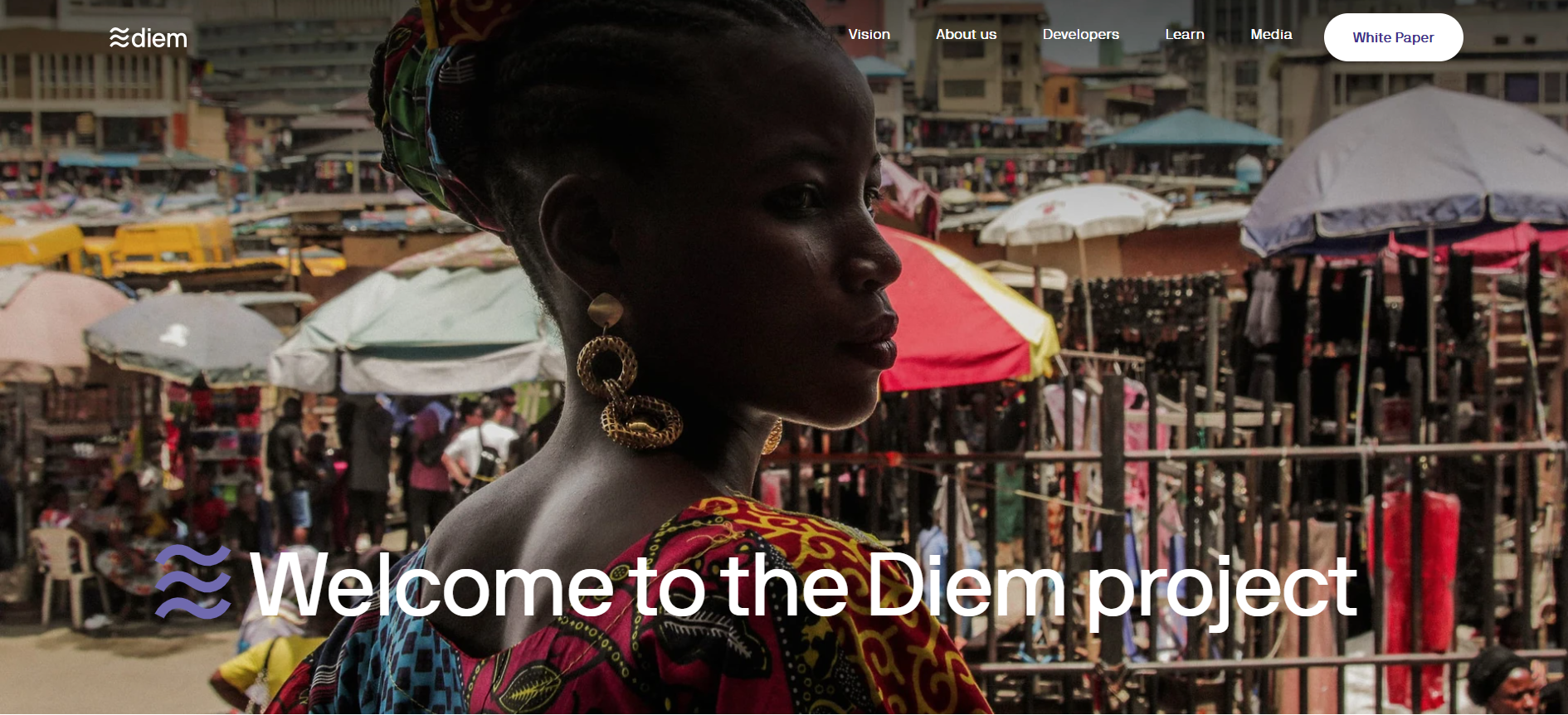
Facebook is also cashing in on the stablecoin market. Formerly known as Libra, Diem is Facebook’s pilot stablecoin that is scheduled to go live sometime in 2021 alongside its digital wallet, Novi.
Facebook’s venture into the stablecoin space has not been easy. The social media giant proposed the idea for Libra in 2019 and intended Libra to be tied to a basket of currencies such as the US dollar and the euro. However, industry players including eBay, PayPal, Visa, and Mastercard backed out of the project due to concerns over money laundering and Libra potentially interfering with the government’s monetary policy.
Facebook then rebranded the project to Diem, sought regulatory approval, and moved its operations from Switzerland back to the US. Facebook executive David Marcus’ most recent blog post revealed that Facebook has “secured licenses or approvals for Novi in nearly every state.”
A launch date has yet to be confirmed, but at this stage, Diem is certainly a stablecoin waiting to disrupt the traditional financial system.
Stablecoins Pegged to Real-World Assets
Stablecoins are becoming an attractive alternative for investors to park their funds in the unfortunate event of a crypto market crash. Additionally, as Tether continues to come under fire for suspicious operations, these stablecoin alternatives are gaining significant traction.3333333333
0 Comments